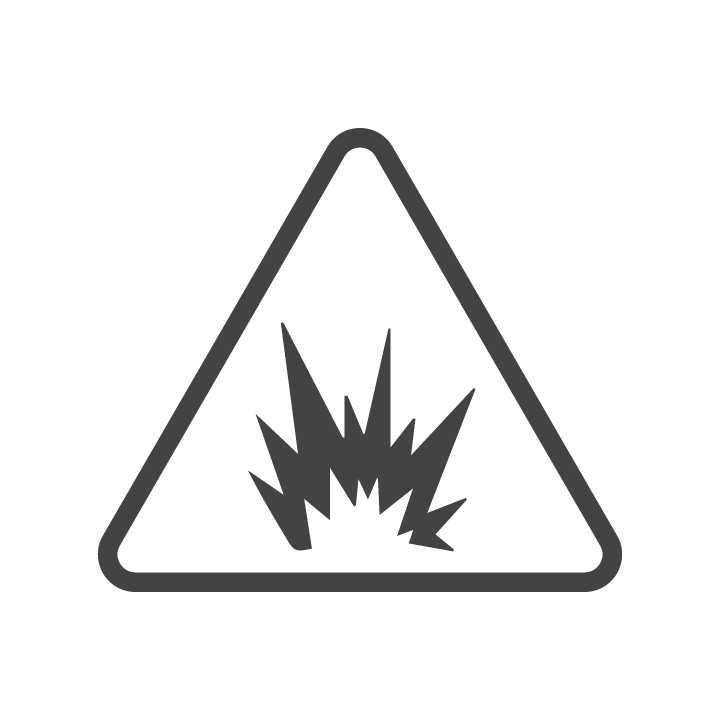NFPA® 2112
United States
Southeast Asia & India
Latin America
NFPA 2112 is meant to provide the specifications for the minimum design, performance, testing and certification requirements and test methods for flame-resistant garments used in areas at risk of thermal exposure from fire. The use of these garments is with the intent of not contributing to the burn injury of the wearer, providing a degree of protection and reducing the severity of burn injuries resulting during egress from or accidental exposure. You can trust that many Westex fabrics are NFPA 2112 certified – contact your regional market manager for more information.
Learn more
ANSI 107
United States
Latin America
Southeast Asia & India
ANSI 107 is used as a guide for the design, performance specifications and use of high-visibility and reflective apparel, like vests, jackets, bib/jumpsuit coveralls, trousers and harnesses. If a garment meets this standard, it can be worn at any point in a 24-hour day and allow its users to be seen by fluorescent and retroreflective materials. Many of our hi vis yellow fabrics—DH, DH Air™, Polartec® FR and UltraSoft®—are certified to ANSI 107. Contact your regional market manager for additional information.
Learn more
CGSB 155.20
CGSB 155.20 a national standard of Canada states the minimum requirements and test methods for performance of protective workwear worn for protection against unplanned exposure to hydrocarbon flash fire and optionally steam and hot fluids.
Learn more
EN ISO 11611:2015
ISO 11611:2015 specifies minimum basic safety requirements and test methods for protective clothing including hoods, aprons, sleeves, and gaiters that are designed to protect the wearer’s body including head (hoods) and feet (gaiters) and that are to be worn during welding and allied processes with comparable risks. For the protection of the wearer’s head and feet, this International Standard is only applicable to hoods and gaiters. This International Standard does not cover requirements for feet, hand, face, and/or eye protectors.
Learn more
CSA Z96
CSA Z96 specifies performance requirements for color, retroreflection, and minimum areas as well as the configuration of materials of high-visibility safety apparel intended to provide the wearer with increased conspicuity under both well-illuminated or low-light/dark work environmental conditions. According to this standard, certified apparel should be capable of signaling the user’s presence visually. This standard is in technical harmony with the US standard, ANSI 107, therefore many Westex fabrics that are ANSI 107 certified are simultaneously CSA Z96 certified.
Learn more
EN 1149-5
This European standard specifies material and design requirements for electrostatic dissipative protective clothing, including hoods and caps, used as part of a total earthed system, to avoid incendiary discharges where the minimum ignition energy of an explosive atmosphere is no less than 0.016 mJ. Our DH, Synergy Pro and select styles of UltraSoft fabrics meet this standard. Reach out to our international market manager to learn more.
Learn more
GB 8965.1-2020
This international standard specifies the classifications, requirements, test methods, inspection rules, marking, packaging and storage of flame-resistant protective clothing used in places with open flames, sparks, or with flammable substances and risk of flashfire.
Many of our Synergy Pro and Optima DH fabrics distributed in Asia meet this standard. Reach out to our international market manager to learn more.
Learn more
AS/NZS 4824:2021
This Australian/New Zealand standard is intended to provide manufacturers, purchasers and users with minimum performance requirements for wildland firefighters’ protective clothing designed for use for extended periods during wildland firefighting and associated activities.
Wildland fire fighting involves work primarily in summer temperatures for many hours where the firefighter may develop high levels of metabolic heat. Consequently, the protective clothing should be light, flexible and proportionate to the risks the firefighter may be exposed to while remaining effective without inducing heat stress to the wearer.
Our Synergy Pro fabric complies with this standard. Reach out to our international market manager to learn more.
Learn more





